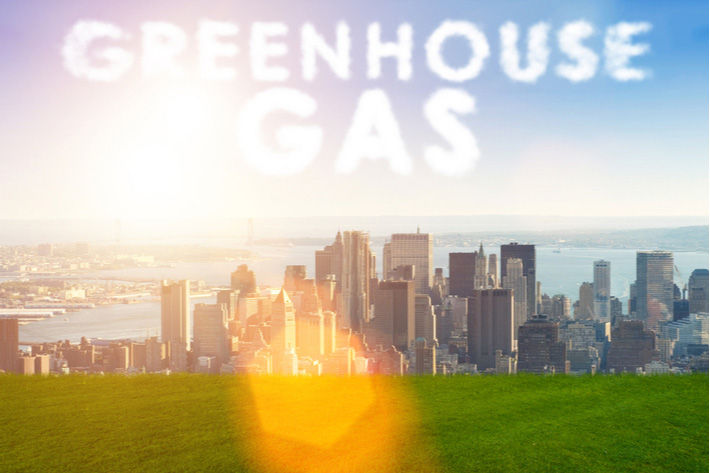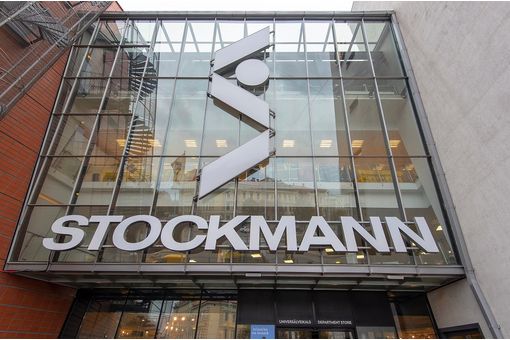Ensure textile-apparel firms robustly disclose GHG emissions: Report

The GHG disclosure must include all three scopes, as defined by the GHG Protocol, and should be relevant for smaller and medium enterprises (SMEs), not just large multinational corporations.
“Government financial programmes that help to de-risk the investments required to implement and scale existing climate solutions and for the development of new climate-friendly textile innovations are urgently needed,” the report said.
Financial policies should also be crafted to incentivise such companies to develop circular business models, such as repair, subscription and resell models, which should replace resource-intensive business models.
Although more companies are experimenting with these models, most are not yet profitable and are therefore not impactful. They will only become the norm, replacing the traditional linear models, if the infrastructure and right economic incentives are in place to make them more attractive than traditional, linear business models, said the report.
Policymakers should also ensure that all companies that place products and services on national markets abide by the same rigorous standards. In other words, companies that invest in serious climate action should not be penalised in the marketplace by other companies who are not subject to the same legislation.
In fact, the reverse should be true, with companies demonstrating serious climate action being sufficiently rewarded so this becomes the norm, not the exception.
“We therefore ask legislators to consider how legislation and policy incentives, like a carbon border adjustment mechanism (CBAM) or excise taxes, could be applied to the apparel and textile industry to reward good performers and penalise poor performers,” it said.
Mechanisms should be set up to track the progress or lack thereof of the overall apparel and textile industry on the country and European Union levels. This monitoring should be led by independent organisations, assessed on an annual basis, and should include an analysis of key obstacles, opportunities and action steps.
Policy and support should also address the special challenges and needs faced by SMEs, which have more limited resources and leverage in their supply chains.
Traps to avoid include not overestimating the role consumers can and should play as the driving force for change and not solely relying on requiring disclosure requirements for greenhouse gases at the product level.
Trustworthy consumer information and engagement is important, but research indicates that consumer information and engagement is not sufficient to influence company climate investments or market transformations at the pace and scale needed.
Relying on consumer pressure and influence can also distract from prioritising actions that can have a larger and more long-lasting impact. This means that legislation and policy must go significantly beyond empowering consumers to ensure sufficient economic incentives that reward good climate performance, the report added.
Apparel Impact Institute president Lewis Perkins said it will take $1 trillion for the textile and garment industry to reach net zero by 2050.
“Right now, our programmes in energy efficiency and renewable energy are being funded by brands, manufacturers, and philanthropy, but less than 1 per cent of facilities are being reached each year, so we need to bring in financial capital to accelerate the pace. These are large, capital-intensive investments, so the facilities themselves often don’t have enough funds available to make the investment,” Perkins said in the report.
“There is still an important role for brands and philanthropy to help de-risk the projects and potentially fund some of the aggregation and certification activities that would make these projects easier for investors to find and participate in, but investors are going to fund the majority of the work. Additional regulations and incentives can help accelerate that even further,” he added.
Fibre2Fashion News Desk (DS)
































-Ltd..jpg?tr=w-120,h-60,c-at_max,cm-pad_resize,bg-ffffff)





.jpg?tr=w-120,h-60,c-at_max,cm-pad_resize,bg-ffffff)
.jpg?tr=w-120,h-60,c-at_max,cm-pad_resize,bg-ffffff)






